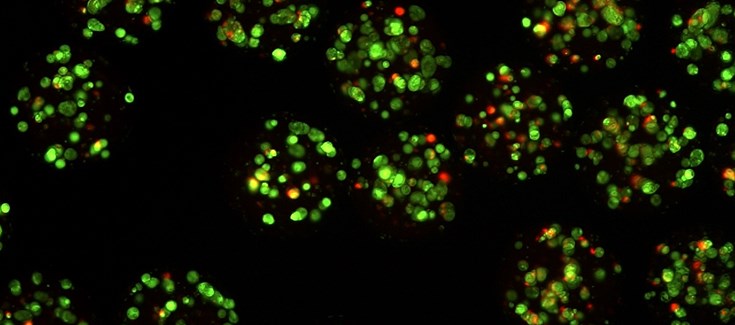IPMT 3rd Meeting with the participation of NANBIOSIS
The CIBER-BBN organizes in Barcelona a WORKSHOP related to the European project H2020 “IPMT-Integrated Precision Medicine Technologies Center of Excellence”, framed within the program “Spreading Excellence and Widening Participation”, in which the scientific direction and scientific committee of the CIBER -BBN, together with the Fraunhofer Institute of Biomedical Engineering (IBMT), participate as reference advisory centers of the University of Cyprus (UCY) and clinical institutions of the country, coordinators of the proposal.
Date
March 22th-23th, 2018
Location
Day 1: IMB-CNM, Campus UAB, Bellaterra, Barcelona, Meeting Room, Jose Millán.
Day 2: Hotel Silken Sant Gervasi, Barcelona, Room Garden.



















